Rhinoplasty in Turkey
Rhinoplasty, or nose reshaping surgery, in Turkey is popular due to the country’s high-quality medical care and affordable prices. Skilled surgeons use advanced techniques to achieve natural-looking results, enhancing the nose’s appearance and functionality. Comprehensive care packages often include pre-operative consultations, the surgery itself, and post-operative follow-up.
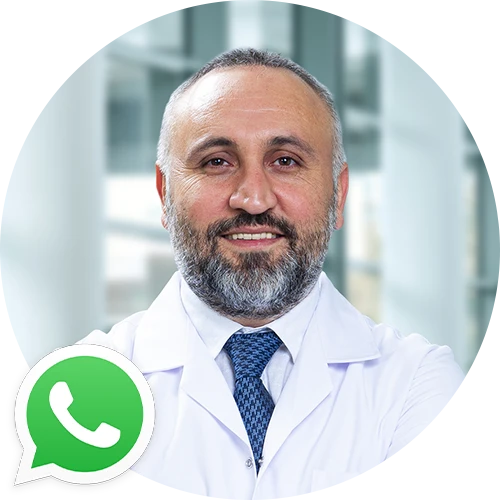
Rhinoplasty in Turkey: A Comprehensive Overview
Rhinoplasty, commonly known as a nose job, in Turkey is a highly sought-after cosmetic procedure aimed at reshaping and enhancing the appearance of the nose. Renowned for its high-quality healthcare and affordable prices, Turkey has become a premier destination for rhinoplasty surgery.
The process begins with a thorough consultation and medical evaluation to determine the patient’s suitability and desired outcomes. During the surgery, skilled plastic surgeons use advanced techniques to achieve a harmonious balance with the patient’s facial features, whether the goal is to reduce, augment, or reshape the nose.
Rhinoplasty Steps
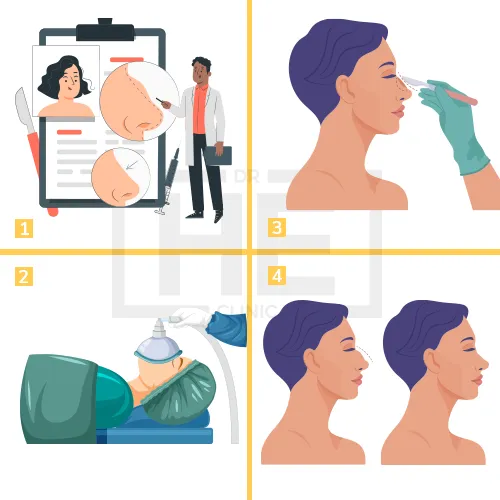
1- Anesthesia: The first step is administering anesthesia to ensure the patient is comfortable and pain-free during the procedure. This can be local anesthesia with sedation or general anesthesia, depending on the complexity of the surgery and the surgeon’s preference.
2- Incision: Rhinoplasty can be performed using a closed procedure, where incisions are hidden inside the nose, or an open procedure, where an incision is made across the columella, the narrow strip of tissue that separates the nostrils. Through these incisions, the skin that covers the nasal bones and cartilages is gently raised, allowing access to reshape the structure of the nose.
3- Reshaping the Nose Structure: Depending on the desired outcome, the nasal structure can be altered by removing bone or cartilage. In cases where additional structural support is needed, grafts from the patient’s body (cartilage from the ear, rib, or septum) can be used.
4- Correcting a Deviated Septum: If the septum is deviated, it can be straightened, and the projections inside the nose can be reduced to improve breathing.
5- Closing the Incision: After the nose is sculpted to the desired shape, the nasal skin and tissue are redraped, and the incisions are closed. If the procedure is an open rhinoplasty, additional stitches may be placed in the columella.
6- Recovery: After the surgery, the patient will have to rest with their head elevated higher than their chest to reduce swelling and bleeding. Splints and packing may be placed inside the nose and a splint or bandages placed on the outside to support and protect the new structures during initial healing.
Plan Your Trip to Turkey for Rhinoplasty
| Timeline | Activity | Recommendations |
|---|---|---|
| 6-12 Months Before | Initial Consultation | Consult with your local doctor and a Turkish clinic remotely to discuss eligibility and potential dates. |
| 3-6 Months Before | Medical Preparation | Begin necessary dietary and medical preparations as advised by the surgical team. |
| 1 Month Before | Travel Arrangements | Book flights and accommodation. Arrange for medical visas if necessary. |
| 2 Weeks Before | Final Checks | Finalize all personal and medical preparations. Confirm travel itinerary and local transport in Turkey. |
| Arrival in Turkey | Pre-Op Consultation | Meet with your surgical team in Turkey for a final pre-operative consultation. Undergo any last-minute tests. |
| Day of Surgery | Surgery | Proceed with the rhinoplasty surgery as scheduled. |
| 1-2 Weeks Post-Surgery | Recovery in Turkey | Stay in Turkey for initial recovery and follow-up appointments. Follow all post-operative care guidelines. |
| Return Home | Post-Surgery Follow-up | Continue recovery at home with regular follow-ups remotely or with local healthcare providers. |

Need Help? Contact Us!
7/24 Obesity Help Desk
Rhinoplasty Turkey Cost 2025
The cost of rhinoplasty in Turkey in 2025 varies widely depending on the clinic, the surgeon’s experience, and the specifics of the surgery required. Prices can range from as low as $2,500 to as high as $8,000 or more.
This range reflects the different levels of service and quality offered by various clinics and surgeons across the country. The average cost is often cited around $3,000 to $7,500.
Turkey is known for its competitive prices in medical tourism, especially for procedures like rhinoplasty, attracting patients from across the globe due to the combination of affordability and high-quality medical care provided by skilled surgeons and modern facilities.
| Region | Average Rhinoplasty Cost |
 Turkey Turkey | $3,000 – $7,500 or more |
 USA USA | $8,000 – $12,000 or more |
 Canada Canada | $8,000 – $12,000 or more |
 UK UK | £5,000 – £8,000 or more |
 Australia Australia | AUD 8,000 – AUD 15,000 or more |
 Germany Germany | €8,000 – €10,000 or more |
 France France | €7,000 – €10,000 or more |
Why does Rhinoplasty Cost in Turkey Cheap?
- Exchange rate: Favorable exchange rates for foreign currencies relative to the Turkish lira can make procedures even cheaper for international patients.
- Standardized procedures: Many Turkish clinics employ standardized protocols and techniques for common procedures like Rhinoplasty, achieving efficiency and cost savings.
How to Reach Turkey?
By Air: Turkey is well-connected with direct flights from major cities around the world. There are international airports in Istanbul, Ankara, Antalya, and Izmir, among others. You can check for flights from your nearest major airport to one of these Turkish cities.
By Sea: Turkey has several ports that receive passenger ferries from neighboring countries and islands. You can travel to Turkey by ferry from Greece, Russia, Ukraine, and other nearby locations. Major ports include Istanbul, Izmir, and Antalya.
By Train: While not as common as air or sea travel, you can also reach Turkey by train from select European cities. The most common routes are from Sofia, Bulgaria, and Bucharest, Romania, to Istanbul. However, train travel to Turkey may require multiple transfers and take longer compared to air or sea travel.
| Departure City | Arrival City | Duration | Estimated Price |
|---|---|---|---|
| 🛫 London (LHR) | 🛬 Istanbul (IST) | ⏰ 3 hours 50 minutes | 💰 $300 |
| 🛫 Manchester (MAN) | 🛬 Istanbul (IST) | ⏰ 4 hours 35 minutes | 💰 $350 |
| 🛫 Paris (CDG) | 🛬 Istanbul (IST) | ⏰ 3 hours 25 minutes | 💰 $280 |
| 🛫 Frankfurt (FRA) | 🛬 Istanbul (IST) | ⏰ 2 hours 55 minutes | 💰 $320 |
| 🛫 Moscow (VKO) | 🛬 Istanbul (IST) | ⏰ 4 hours 25 minutes | 💰 $400 |
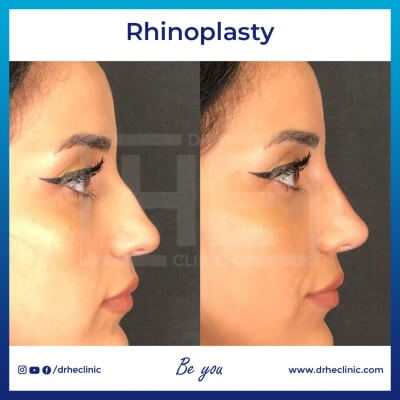
Rhinoplasty Before and After Photos
Submit your request for access to before and after photos to see actual patient results from our many cosmetic procedures and treatments at Dr. HE Clinic.
Rhinoplasty Reviews
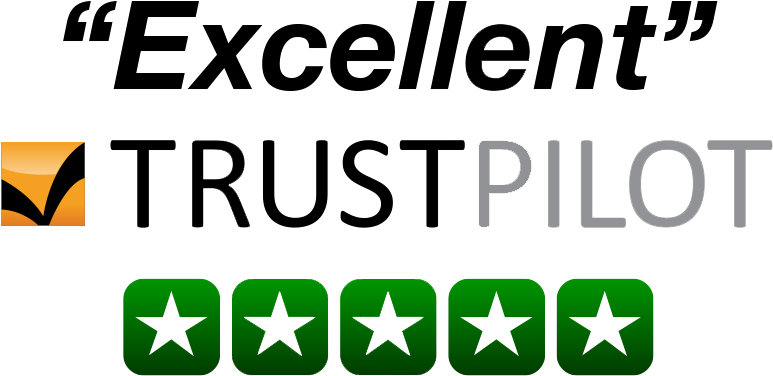

Posted on
Truspilot
Posted on
TruspilotIs it Safe To Have A Rhinoplasty in Turkey?
Having Rhinoplasty treatment in Turkey can be a safe and effective option for many individuals, provided that you carefully select healthcare providers and facilities. Turkey is known for its advanced healthcare services, especially in major cities like Istanbul, Ankara, and Izmir, where many hospitals and clinics cater to international patients.
Frequently Asked Questions About Rhinoplasty
Does Health Insurance Pay for the Rhinoplasty?
How Long Does Rhinoplasty Take?
A rhinoplasty surgery usually takes between 1.5 to 3 hours to complete, depending on the complexity of the procedure.
Is Rhinoplasty Painful?
Rhinoplasty is typically performed under general anesthesia, so you won’t feel pain during the surgery. Post-operatively, patients often experience discomfort, swelling, and bruising around the nose and eyes, but severe pain is uncommon. Pain can usually be managed effectively with medication prescribed by the surgeon.
QUALITY CERTIFICATES
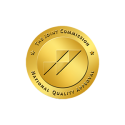
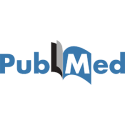
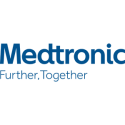
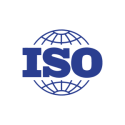

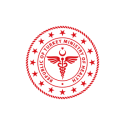

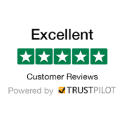
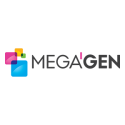
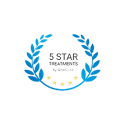
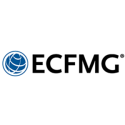





Posted on
Truspilot